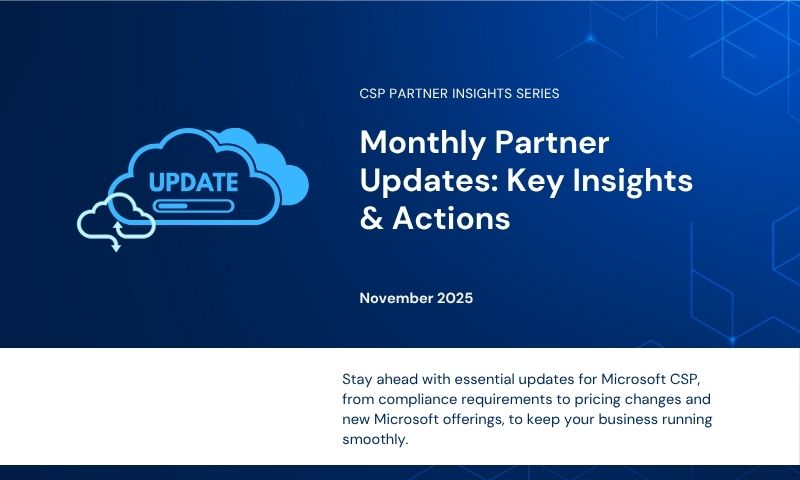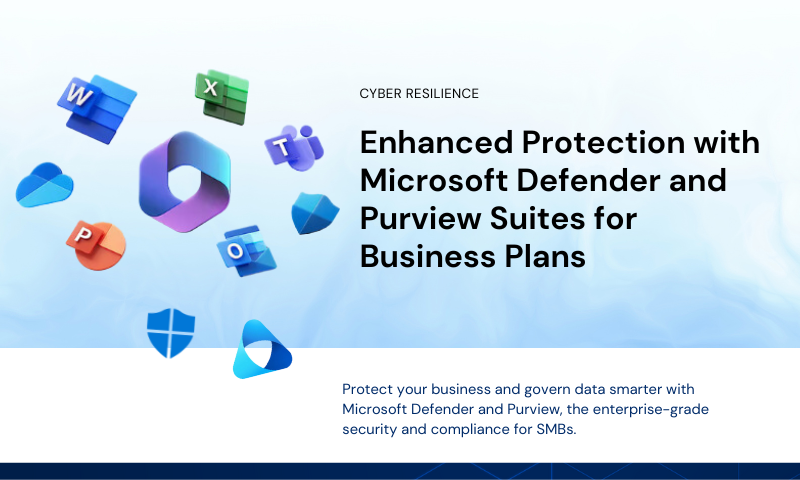Let the EOFY countdown begin!
3 days to go until the most important day in the financial calendar.
With the end of the fiscal year near, how prepared are you?
Source: https://gph.is/2jklxkH
Our EOFY tips from last year are still relevant today but here are some new updates you need to know about.
Introducing to you: Single Touch Payroll (STP)
If you’re in business, then I’m sure by now you’re well aware of Single Touch Payroll (STP).
STP is a new way of reporting salaries and wages, PAYG withholding and superannuation information to the ATO.
From this Sunday, it will be mandatory that all small businesses with 19 employees or less report their tax information directly to the ATO at each payroll cycle instead of once a year.
The STP legislation that passed on 16 February 2019, expands STP from businesses with 20 or more employees to small and micro businesses.
This is what you need to know:
1. Why this is happening
Australia’s 2.3 million small businesses employ 40 per cent of all workers.
Yet spreadsheets and paper tax tables are still routine for a lot of businesses.
STP is part of the ATO’s push to go digital.
This makes myGov as essential as ever and encourages businesses to embrace cloud-based platforms to save time and simplify the process.
2. The ATO is on the lookout
With new data from the STP rollout and increased funding for stamping out illegal activity, the ATO will be on the lookout for businesses that fail to report correctly.
Five errors the ATO will be looking out for:
1. Claiming of private expenses in the business.
2. Failing to properly attribute personal and business use.
3. Misunderstanding how tax applies to different and often complex business structures.
4. Omitting income, including coupon sales.
5. Not providing the necessary records for substantiating expense claims.
Access the ATO’s employee reporting guidelines to understand exactly what you need to do.
3. STP is a pretty big deal
Since the introduction of GST in 2000, STP is the largest change to an employer’s reporting obligations.
For the very first time, employers will be reporting their employees’ super liability amounts to the ATO.
Reporting depends solely on the number of employees and the type of payroll software used:
Group A) 20 or more employees
STP started for you from 1 July 2018.
Group B) 5-19 employees
With a three-month transition period from 1 July – 30 September, businesses of this size not already on board have a small window to make the switch.
Learn more about how to report.
Group C) 1-4 employees
The ATO has asked software developers to build no-cost and low-cost STP solutions for micro employers to provide other ways to report STP information if they don’t use payroll software.
These businesses will have the option for their registered tax or BAS agent to report STP information quarterly, rather than each payroll run.
This option will be available until 30 June 2021.
STP is here to stay
STP means businesses will need to be more efficient by collecting and organising their paperwork as the year goes – avoiding the June 30 panic and spending hours at the end of the financial year.
For a breakdown of what STP means for you, download the STP fact sheet for free here.
You can also join in on the conversation online by following #eofy on Twitter and tagging @SynnexAu to let us know your thoughts on these changes.
Important notice: Any advice and information in this publication is of a general nature only.
Synnex Australia is not a registered tax agent. Any general tax information provided in this blog is intended as a guide only and based on our general understanding of taxation laws.





Leave A Comment